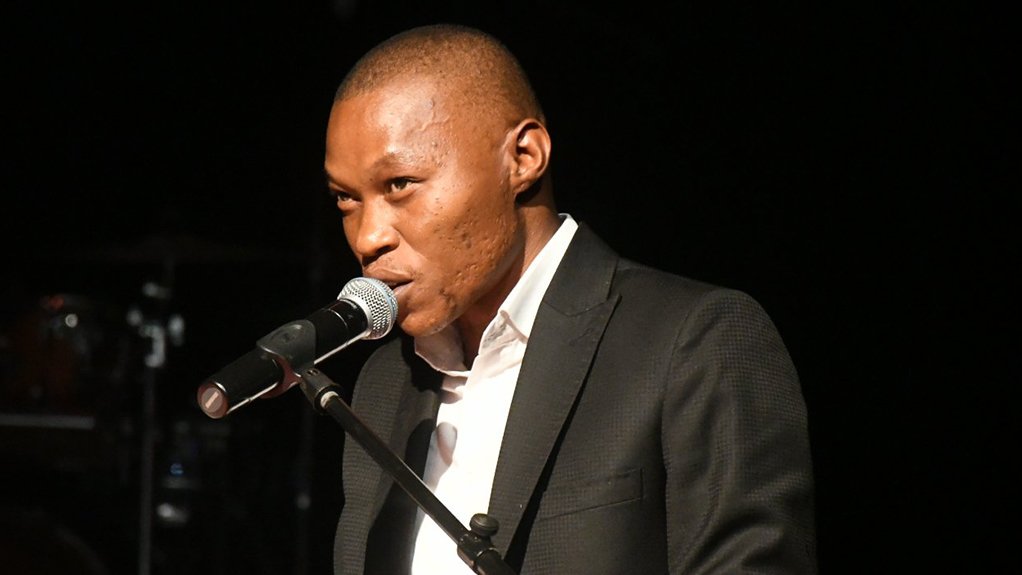City of Johannesburg Mayor Kabelo Gwamanda announced on Thursday that the City intends to add an additional 50 MW of power to its grid by bringing online the Durban Street Substation, in the next financial year.
Gwamanda was presenting the State of the City Address in Johannesburg, where he said the City had also planned for an additional 100 MW of energy by the financial year's end.
“Our dedication towards avoiding loadshedding reflects in these actions aimed at protecting our citizens from discomfort and distress,” he said.
He said that for “too long” the city had been struggling with the “endemic loadshedding” that has plagued South Africans.
“…however, I am pleased to declare that we are taking firm measures to confront this obstacle directly. We recognise that we cannot tackle this crisis alone. It is for this reason that we have established partnerships with the Gauteng provincial government and Eskom to address it collectively,” he said.
He noted and said he appreciated the increased focus on planned maintenance at Eskom, which he said had allowed the City to enjoy a temporary reprieve from loadshedding over the last month, with predicted record low stages of loadshedding for the coming winter months.
Gwamanda noted that through the City’s partnership with the Gauteng government and Premier Panyaza Lesufi in particular, the John Ware substation's open gas turbine has been brought back into operation, enabling the infusion of a noteworthy 50 MW into the City’s network.
“This progression marks only the initial phase in our determination towards implementing innovative energy solutions and decreasing dependence on Eskom for uninterrupted electricity supply,” he said.
Gwamanda said the City was working on innovative measures to reduce power outages such as the implementation of load limiters and commissioning open cycle gas turbines.
He stated that the City’s “consistent dedication” towards progress combined with these interventions would guarantee a dependable energy supply for Johannesburg citizens.
“Over the last year, and in line with our commitment to make our communities safer, we have extended new high mast lighting systems in our townships and informal settlements to improve the safety and security of residents during the evenings and at times of loadshedding,” he said.
He said the high mast lights were powered by solar, giving them the ability to function outside of direct power supply from Eskom and City Power.
CRIME AND LAW ENFORCEMENT
Meanwhile, the City is facing a rise in illegal mining activities, which Gwamanda said posed an immediate threat to the city’s infrastructure and public safety.
The City is taking steps to reduce risks associated with illegal mining by continuously monitoring areas where significant damage has occurred to bridge embankments and road reserves owing to this activity.
He highlighted that the City’s financial situation was also deeply affected by illegal mining, in a “complex and significant manner”.
“Though an exact total for the expenses associated with this issue has yet to be calculated on a municipal level, it encompasses various costs such as the repairs necessitated by damage to water or sewage systems, replacing entire pipes that have been damaged beyond repair and restoring terrain ravaged through quarrying activities,” he said.
He said to tackle this problem, effective collaboration among diverse stakeholders was needed, explaining that the City was leading discourse in this regard, drawing in the provincial and national spheres of government.
EMAIL THIS ARTICLE SAVE THIS ARTICLE ARTICLE ENQUIRY
To subscribe email subscriptions@creamermedia.co.za or click here
To advertise email advertising@creamermedia.co.za or click here











